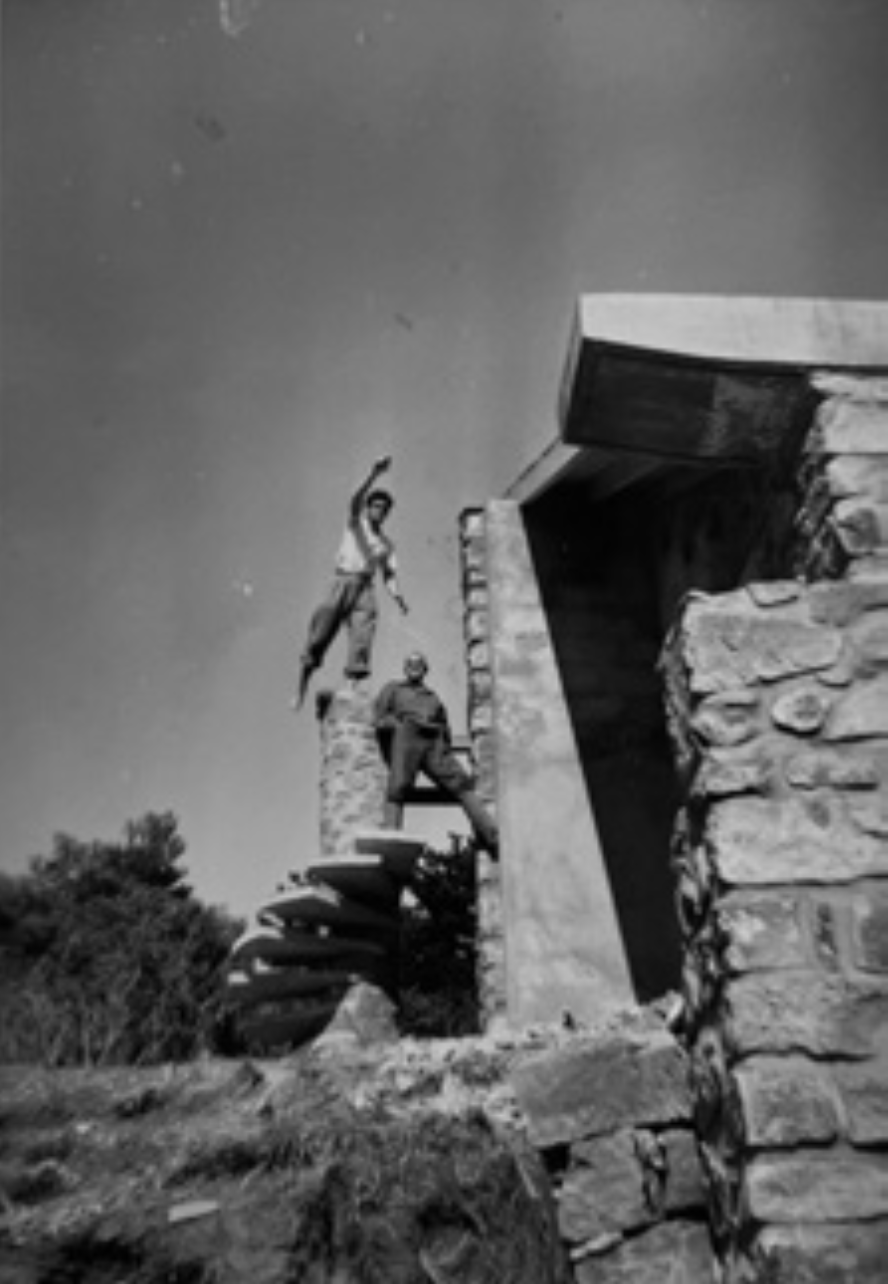Invisibility in Archives and History: Reflections on the Reception of Pierre Jeanneret’s Work
Main Article Content
Abstract
The archives of Pierre Jeanneret (1896–1967) are dispersed in multiple public or private collections. This strongly contrasts with the centralized, well-organized, and accessible archives of his cousin and associate Le Corbusier (1887–1965), who conceived of the foundation dedicated to his archives and legacy, the Fondation Le Corbusier, during his lifetime. While Le Corbusier’s prominence in architectural history has only grown since his passing, Jeanneret remains widely unknown, even though they co-founded the Atelier Le Corbusier et Pierre Jeanneret (1922–40), arguably the 20th century’s best-known practice. Jeanneret’s role in the Atelier, his other collaborations in the 1930s, the Second World War and reconstruction, and his activities in Chandigarh from 1951, have remained largely unstudied. This paper first examines how Jeanneret’s work was perceived during his lifetime. Secondly, it considers how this perception has influenced the treatment of his archives and his integration in architectural history. Thirdly, it describes the construction of a complementary archive through the exploration of Jeanneret’s network. Fourthly, it elucidates several common threads throughout his life and oeuvre, which nuance existing ideas on Jeanneret. The arguments presented result from literature and archival research, theoretically framed within archival and gender studies as well as reception history.
Image: Pierre Jeanneret, photograph of rural housing near Chandigarh, India, 1950s. Source: CCA, ARCH265244.
Article Details

This work is licensed under a Creative Commons Attribution-NonCommercial-NoDerivatives 4.0 International License.

